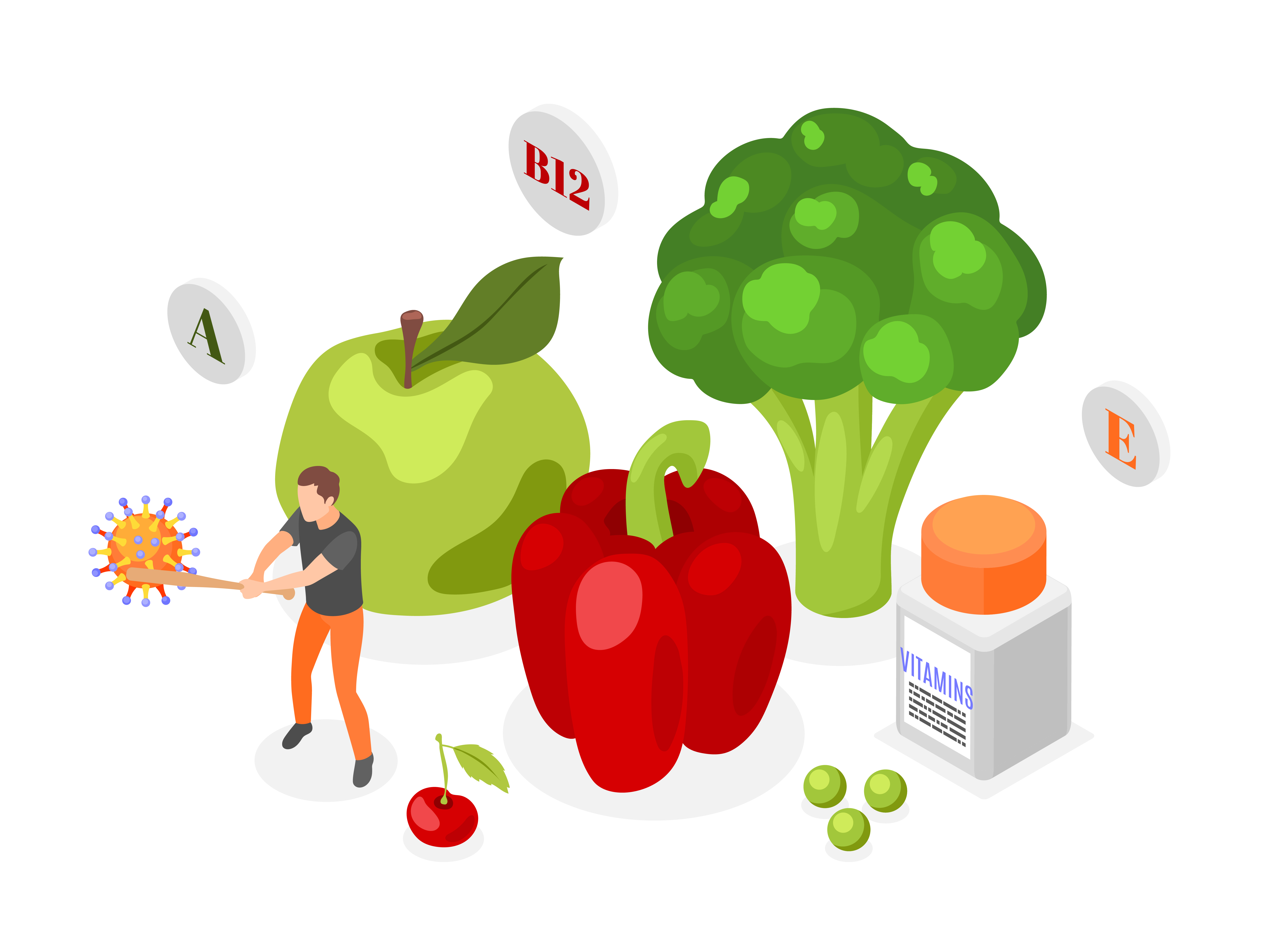Nutrition is deeply personal. What works for one person may not work for another. With AI for nutrition recommendation, diet planning can become more precise, more tailored, and more based on your goals. Whether you want to lose weight, manage a health condition, or simply eat better, AI health and fitness apps are helping deliver personalized nutrition with AI faster than ever.

What AI In Diet Planning Looks Like
AI systems are using algorithms, user preferences, health history, and dietary restrictions to generate meal plans or wellness recommendations. Recent research shows AI driven nutrition platforms can analyze user data and context to offer personalized meal plans and recipes. (pmc.ncbi.nlm.nih.gov)
Some tools also allow photo based food tracking, voice or image recognition of meals, or querying ingredients you have and getting recipe suggestions. (qina.tech) These features let apps adapt based on what you like, what you can access, and what your body requires.
Benefits Of Using AI Wellness Recommendations
- Convenience and speed: You can get diet suggestions without scheduling appointments. Apps generate recommendations in seconds. (microsoft.com)
- Personalization: AI considers your goals, allergies, dislikes, and health metrics. It avoids one size fits all. Research comparing diet plans generated by AI and those by professionals shows AI plans are increasingly competitive in quality. (frontiersin.org)
- Learning and adaptation: The more you use the app, the more it learns your habits. It refines its suggestions over time based on feedback or your inputs.
- Accessibility: AI tools can make nutrition advice more affordable and available to more people. Tools used by health apps help reduce gaps in care. (kerenreiser.com)
Tips For Using AI For Meal Planning Tools
- Start with clear goals
- Be specific. Do you want to reduce sugar, eat more plant based meals, support muscle gain, manage a condition like diabetes, or simply eat healthier? That helps the AI generate better suggestions.
- Provide accurate data
- The more precise your input such as current weight, health conditions, foods you dislike, and activity level, the more useful the recommendation. If you enter vague or incomplete info, results will reflect that.
- Use features like image or voice input
- Apps that let you upload photos of meals or tell the app what you have in your fridge can give better matches. This reduces guesswork and helps generate meals that are practical.
- Track and adjust
- Use wellness recommendations and as you follow them, monitor how your body responds. Adjust the meal plan when needed. If something feels off, give feedback to the app or tweak your goals.
- Watch for safety and credibility
- Make sure the app uses sources you trust, especially when you have health conditions. AI is helpful but it is not always perfect. Always double check and consult with a health professional if needed.
Examples Of Exciting AI Nutrition Apps
- HealthifyMe with Ria acts as virtual nutritionist giving meal plans based on your health profile and lifestyle. (tribe.ai)
- NutriGen is a system using large language models designed to generate personalized meal plans that align with user defined preferences and constraints. (arxiv.org)
- Systems described in recent academic work perform well in recommending meals that balance health goals, user taste, and nutrient needs. (frontiersin.org)
Curious how AI workflows and automation tie into building these kinds of tools? Check out our guide on How To Automate AI Workflows Without Code Using n8n. It shows how automation can power parts of nutrition apps such as meal suggestion flows or user monitoring.
AI in diet planning holds a lot of promise. With the right inputs, feedback, and safety checks, personalized nutrition with AI can help people make better choices, reach health goals, and enjoy improved wellness. Use these tips and tools to build habits that last and apps that truly deliver value.
Heading 2
Heading 3
Heading 4
Heading 5
Heading 6
Lorem ipsum dolor sit amet, consectetur adipiscing elit, sed do eiusmod tempor incididunt ut labore et dolore magna aliqua. Ut enim ad minim veniam, quis nostrud exercitation ullamco laboris nisi ut aliquip ex ea commodo consequat. Duis aute irure dolor in reprehenderit in voluptate velit esse cillum dolore eu fugiat nulla pariatur.
Block quote
Ordered list
- Item 1
- Item 2
- Item 3
Unordered list
- Item A
- Item B
- Item C
Bold text
Emphasis
Superscript
Subscript






.png)


.svg)







